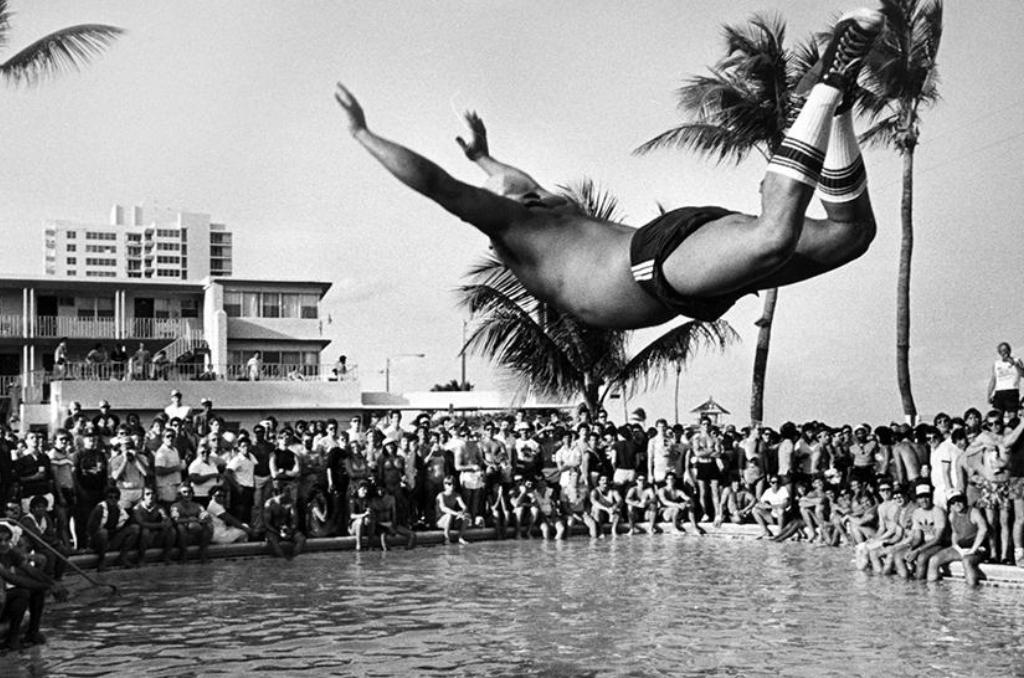Fort Lauderdale, like its sister city (the world-famous Miami), has its fair share of beautiful beaches and rich history. Whereas Miami has the nickname “Magic City”, Fort Lauderdale used to be known as “Fort Liquordale.” No, really. It did. (Some people still might refer to it as “Fort Liquordale” in a joking tone.)
It’s not because of the Spring Breakers or the millions of tourists that visit Florida and its sandy white beaches every year. Nor is it because of the party atmosphere we all know and love about South Florida. It has to do with a literal ban on alcohol that was made effective almost 100 years ago in this country.
Chances are you’ve heard it from a friend or a relative and were curious about it but never really looked into if it was legitimate or not.
If you’ve heard of it, there’s a history and reason behind it which we will be discussing in the following story.
The nickname “Fort Liquor-dale” comes from way back in the 1920s when America Prohibition was in full force. The American government had decided to ban the manufacturing, transportation, selling and consumption of alcohol nationwide. This ban on alcohol business went on for thirteen years.
Luckily for the bootleggers and South Florida alcohol drinkers, there was a way to get around the ban: the Bahamas. At that time, the Bahamas were under British rule, and the British would never dream of banning alcohol. The Bahamas islands were less than 100 miles away, on the ocean, making the location of Fort Lauderdale, FL a convenient, short sail or airplane ride away.
One of these “alcohol pirates” was James Horace Alderman. Alderman made his living smuggling booze to and from Florida and the Bahamas. One Sunday Afternoon, in August of 1927, Alderman and another smuggler on his boat were caught by Coast Guard Cutter 249 as they were sailing back to Florida from Bimini with their boat loaded with booze. Alderman shot the three-man crew of the Cutter 249, killing them on the spot.
Alderman and the other smuggler were caught and stood trial. After several re-trials over two years, Alderman was finally sentenced to death. A law at the time stated that a pirate had to be hanged at the port where he was brought to land. The hanging took place on August 17, 1929, in the early morning hours on Fort Lauderdale Beach.
Fort Lauderdale was the ideal place for importing and smuggling illegal booze (where bootlegging and rum-running come from). Bootleggers could sail directly from the Bahamas up the New River to distribute their cargo. This all came to a screeching halt after rum raids.
Rum raids were conducted to enforce the 18h Amendment. During one such raid in 1927 at the Fort Lauderdale District, Broward Sheriff Paul Bryan and his deputies were all arrested in a rum raid along with assistant chief of police Bert Croft and his men. The case made front-page headlines and caused a media sensation at the time.
The officers were acquitted at trial in 1929.
Due to the infamous raids, Fort Lauderdale quickly became “Fort Liquordale.”
Melissa’s career in writing started more than 20 years ago. Today, she lives in South Florida with her husband and two boys.

